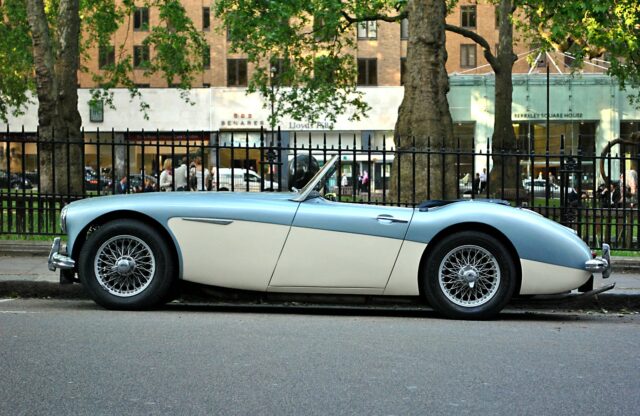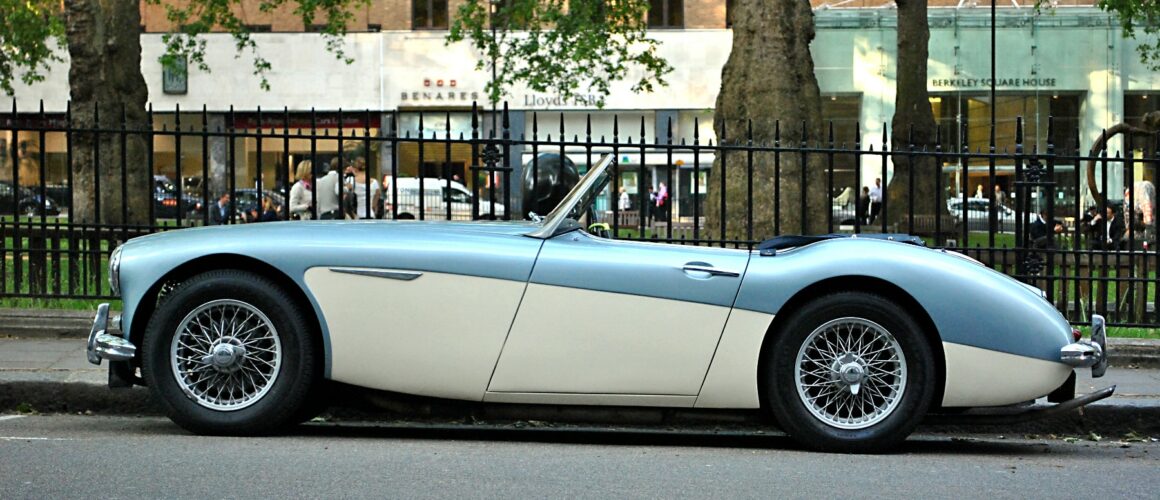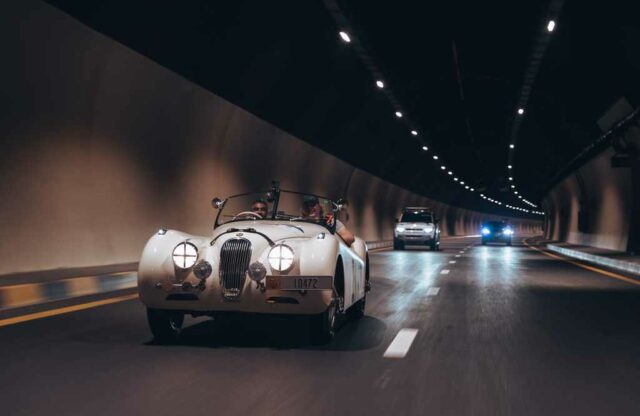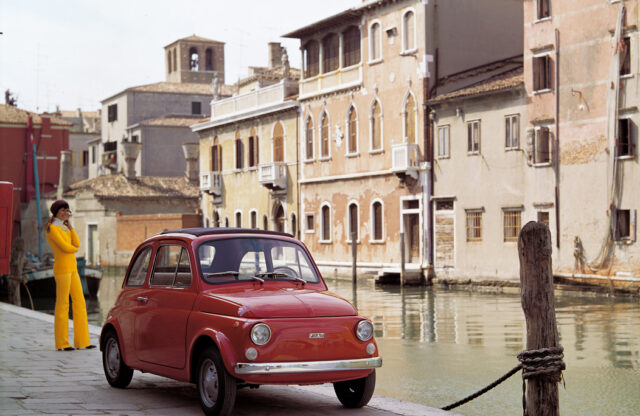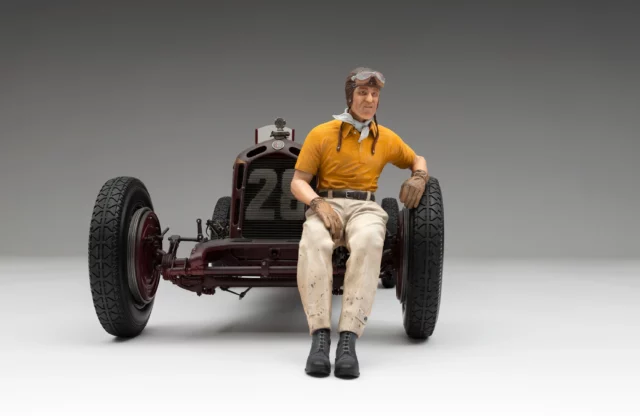WORDS: NATHAN CHADWICK | PHOTOS: WIKIMEDIA COMMONS
Powerful engine, crisp handling and looks that could charm even the most ardent classic vehicle naysayer; the Austin-Healey 3000 was a fitting way to say goodbye to the ‘Big Healey’ era.
The 3000 got its name from the six-cylinder engine’s near-3.0-litre capacity, enough to provide 124bhp. Front disc brakes were now standard fitment over the 100M, and it was available in two-seat roadster or 2+2 bodystyles.
1961’s Mk2 variant ushered in a triple SU HS4 carb set-up and an upgraded camshaft, garnering an extra 8bhp. A centre-change gearbox was introduced along the way, too. You can spot this model by the vertical slats in the front grille. The following year’s Mk2A featured a more user-friendly folding roof and a move back to a twin-carburettor set-up, which sacrificed a mere 1bhp for improved efficiency. You also got wind-up windows.
The Mk3 was the 3000’s final incarnation, appearing in 1964. It offered a big step up in power, now at 150bhp, and a much more luxurious interior, which included a walnut-veneered dashboard and a fold-down rear seat. Early Mk3s used the Mk2A chassis, but later cars had a new platform design to cure the model’s issue of minimal rear ground clearance. Reshaped chassis rails, radius arms instead of Panhard-rod suspension and an exhaust system tucked up behind the adjacent sill all made onward progress less affected by ‘crunch’. Production of the 3000 Mk3 lasted until 1967.
“It’s the quintessential British sports car – you can’t mistake it,” says Chris Everard from JME Healeys. “Values have sky-rocketed, but demand has never been higher.”
ENGINE AND GEARBOX
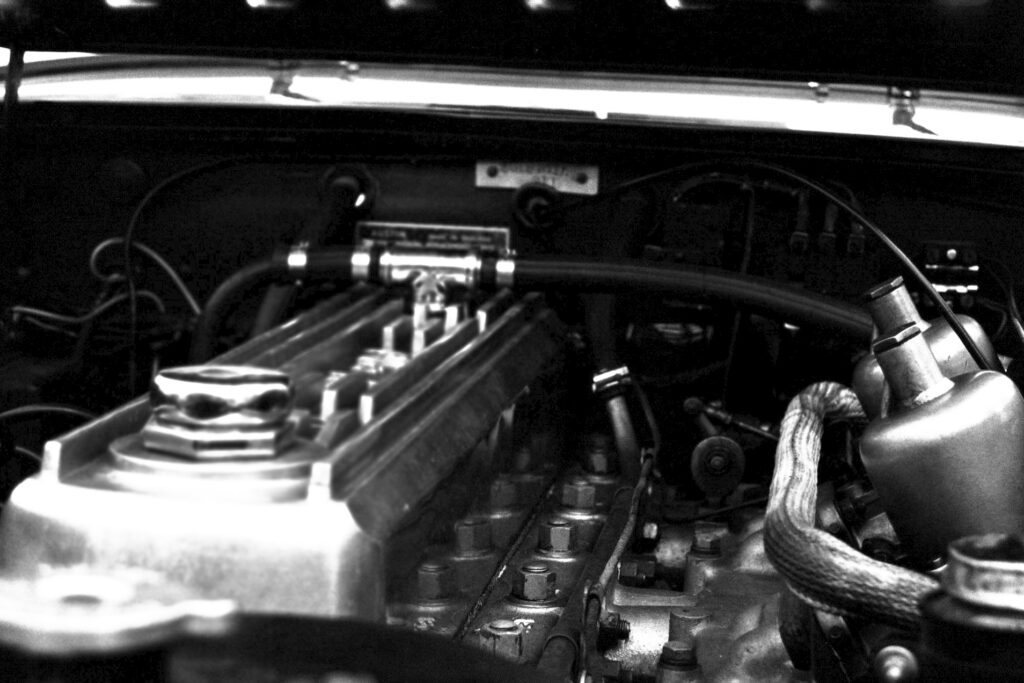
The 2.9-litre OHV inline-six is a solid design and has no inherent issues. Most engines have been rebuilt by now, and if yours is showing signs of excessive wear (such as blue exhaust smoke, lacklustre performance or strange noises), parts are readily available for an overhaul.
Another key issue to look for is low oil pressure, says Chris. “Oil-pressure gauges should read 50-60psi when the engine is cold, and 40-50psi when it has warmed up,” he explains. Make sure to read these measurements at 2000rpm.
Given the car’s esteemed history in contemporary and Historic motor sport, performance parts are easily obtainable. Owners often replace cast-iron cylinder heads with modern, aluminium versions, which are lighter, produce more power and help dissipate heat more effectively; the original iron cylinder head is known for cracking. Make sure hardened valve seats, suitable for unleaded petrol, have been fitted, and also that any modifications have been done by a reputable specialist.
All 3000s came fitted with a four-speed manual, with no synchro on first. Mk2s received a gearstick between the front seats, as opposed to the earlier side-selector layout. If the car is fitted with an overdrive, then it should engage in both third and fourth ratio. If not, the solenoid may simply need replacing – but an entire rebuild isn’t out of the question.
SUSPENSION AND BRAKES
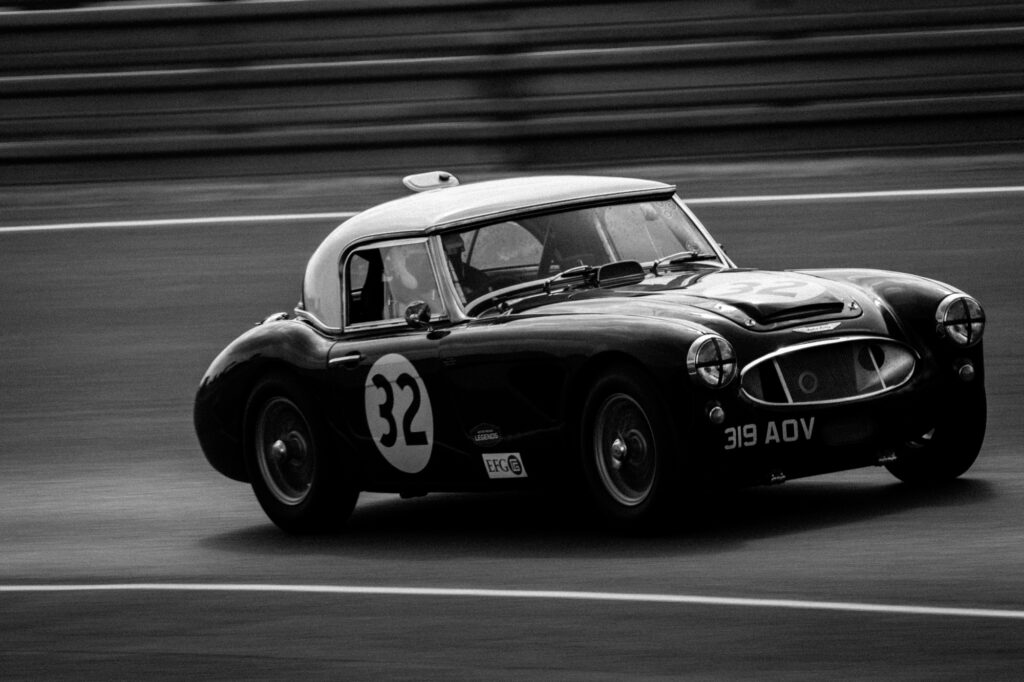
The 3000’s braking system is relatively simple, so any problems are likely to be down to seized calipers and corroded disc surfaces, which can affect cars that are left standing for long periods. Another known issue is weeping rear drum cylinders, which can contaminate the shoes and eventually lead to brake failure. “Later Mk3s have a brake servo that can be problematic at times,” Chris adds.
The suspension is also mostly trouble free, but modified cars with stiffer springs or bushes can, unsurprisingly, be less forgiving over bumps. While for general road use it’s often best to leave the set-up as the factory intended, the original bushes are often perished by now. Chris suggests replacing them with more durable polyurethane items that come in different ratings of hardness, allowing you some freedom over compliance.
One area to upgrade is the tyres; modern radials are preferable to the original crossply rubber. Wire wheels can get damaged, so check for worn splines. Elsewhere, the kingpins can wear, which is evidenced by excessive movement from the front wheels. “One of the main jobs we do is rebushing or reshimming the front kingpins – it’s very common,” says Chris. “We have a special tool to set the right preload. Too much play here, and the car will suffer badly from bump steer.”
BODYWORK AND INTERIOR
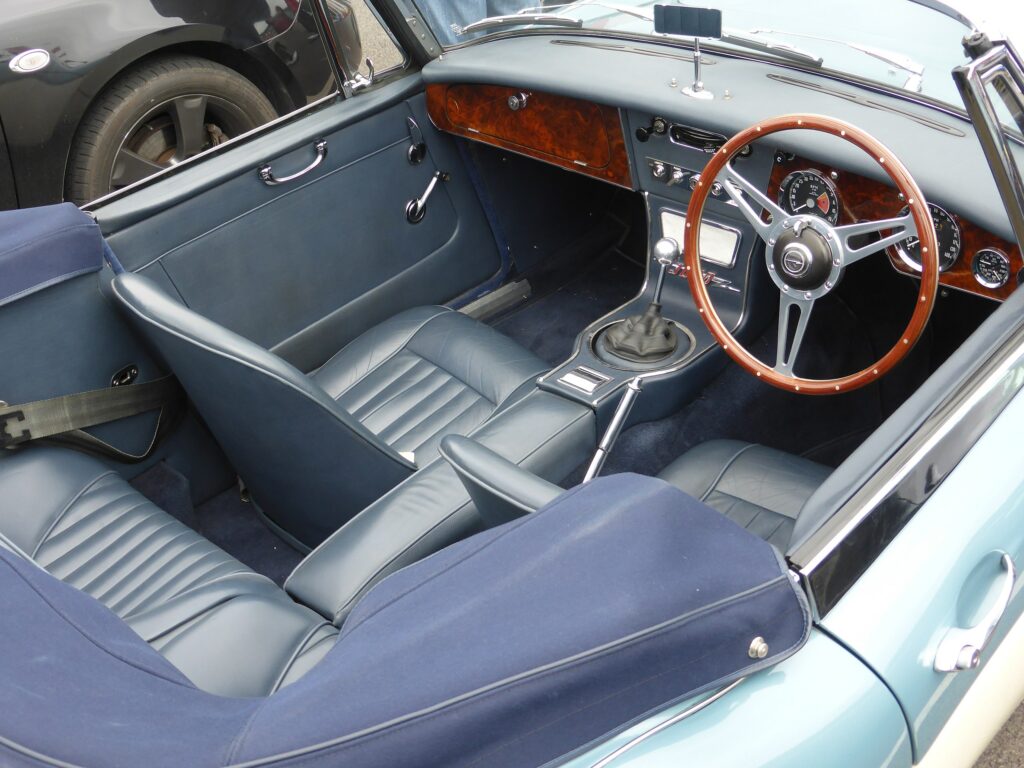
The semi-monocoque bodyshell can rust in numerous places, and repairs are costly. The obvious spots are the wings, doors and sills, which are often a place for injudicious use of filler. Some areas such as the chassis main rails can start rusting from the inside out, so we’d highly recommend you get a specialist to look at the car.
Other problem areas are the front and rear outriggers, boot floor, A- and B-pillars, footwells, boot boxes (into which the rear leaf springs attach) plus front and rear crossmembers: “They are the front and rear jacking points, so it’s common to see them dented,” says Chris.
Many cars have been resprayed or restored by now, so check for the usual things such as uneven panel gaps, overspray and poor welding. “Take a good look at the swage lines, particularly on high-value cars,” Chris advises. “On freshly specialist-restored cars, there should be no excuses for them being out of alignment.”
Corrosion of a different kind – electrolytic – can be found between each pair of front and rear wings, surrounding the bonnet and bootlid, where aluminium meets steel.
Meanwhile, the cabin is relatively simple, and a high-quality retrim can make a huge difference. Mk3s had a more luxurious cabin, and some items – such as the wood veneer – can be hard to source.
WHICH TO BUY
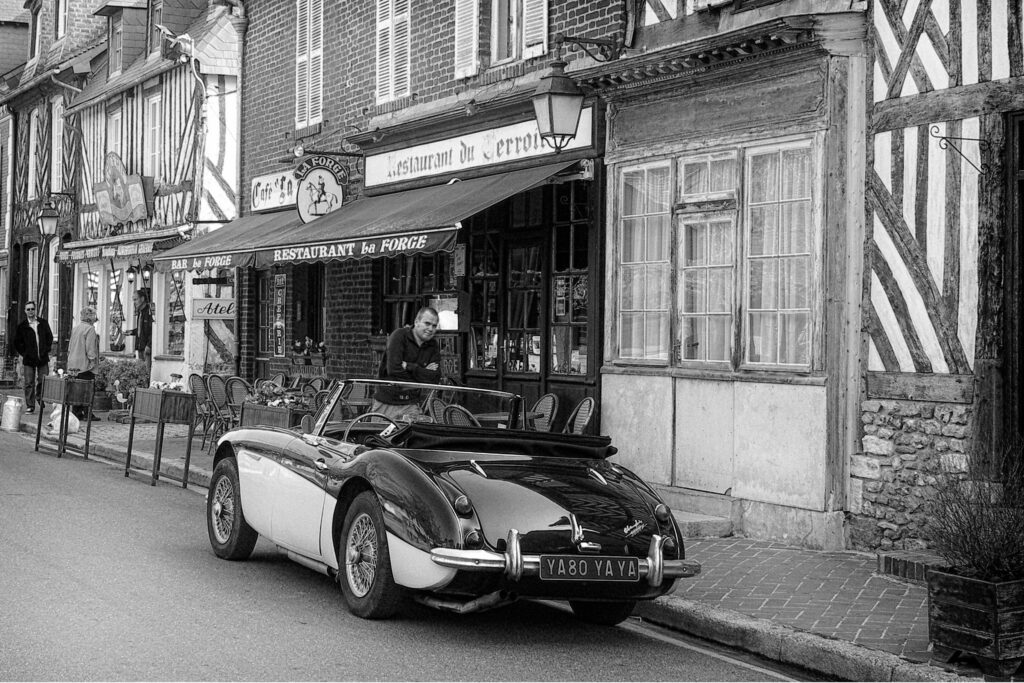
Viewed in Big Healey lineage, the 3000 kept to the traditions of earlier cars with incremental honing of the recipe. As a result, the Mk3s are much more refined than the first examples. The two-seaters are rarer, and so are much more sought after. There are marked differences in the way they drive compared with the 2+2 – particularly the centre-change Mk2 – so it’s worth driving two good examples back-to-back if you get the opportunity.
While the later Mk2A and Mk3 models offer more performance and a number of detail improvements, any 3000 is an enjoyable drive. Many of the upgrades can be retrofitted if originality is not a must. “A Mk3 with good door gaps, swage lines and interior is my choice,” Chris says. “The ride is far superior to all the other versions.”
Don’t get distracted by those seductive lines and shiny paintwork; buying a rusty car can be a very costly mistake. However, there’ll be no mistaking the huge grin on your face behind the wheel of a good one.
WHAT TO PAY
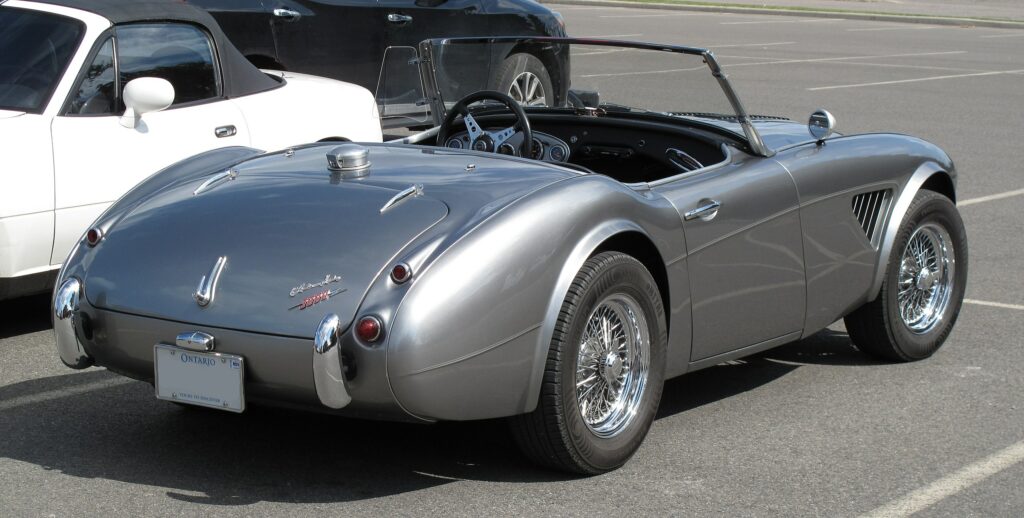
UK (1965)
FAIR: £28,800
GOOD: £37,100
EXCELLENT: £51,100
CONCOURS: £97,200
US (1965)
FAIR: $27,400
GOOD: $44,100
EXCELLENT: $74,200
CONCOURS: $116,000
SPECIFICATIONS
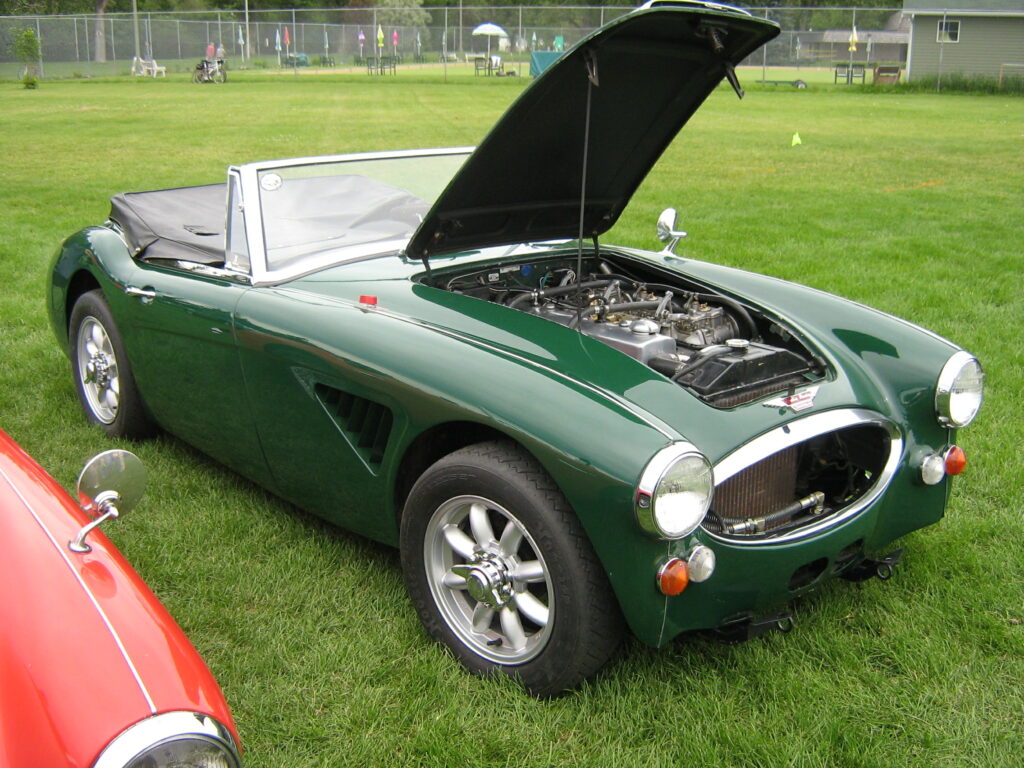
2.9-LITRE OHV INLINE-SIX
POWER: 124-150mph
TOP SPEED: 103-125mph
0-60MPH: 9.8-12.9 seconds
ECONOMY: 22mpg (est.)
